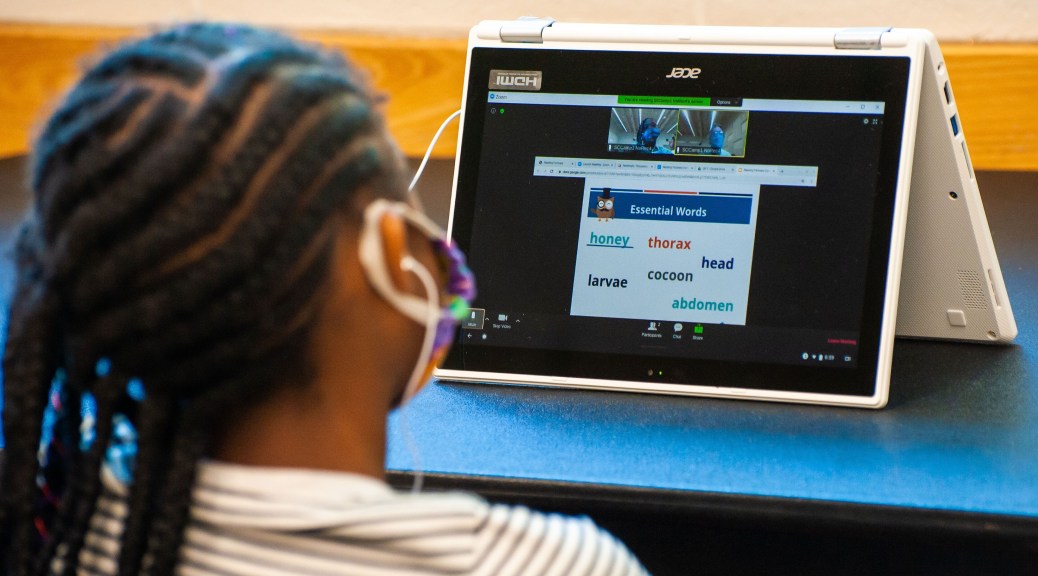How Can We Make Sure No Child Is Left Behind During Virtual Schooling?
As the school year begins, public health experts have been advocating for distanced learning to combat the spread of COVID-19, and many public school systems across the country are complying with these recommendations. The images of students in those schools that have returned in-person have been widely circulating—crowded hallways and classrooms, no masks, shared lunches—and the announcement of when a district chooses to return virtually brings a sense of relief to many parents and educators.
But not everyone feels that same solace.
Prince William County is one of the localities that has opted to start the year almost completely virtually in order to ensure that students and staff don’t have to risk their health. That decision, however, seems to lead to more questions than answers. Among those questions: how has our school system addressed the issue of inequity in virtual learning?
Inequity in our schools is an issue even when we aren’t in a pandemic, but COVID-19 has made those differences even more distinct. The hardest hit communities are those that can least afford it. Families can’t afford the loss of income when businesses close or when they get sick. They can’t afford the necessary healthcare. They can’t afford the increasing prices of even the most basic staples. And they can’t afford the technology needed for their children to fully participate in a drastically changed educational system.
PWCS has made efforts to purchase devices for students in need; schools are developing plans to distribute them as the start of school approaches. That alone doesn’t give students access to instruction. It doesn’t help families who can’t afford internet access or who live in areas without it. The school system has established hotspots, but that fails to help students who can’t get to those locations. Comcast and other companies have offered special student packages, some with free access, but families often need to be given that information along with assistance in setting it up. None of that helps the family that struggles to keep the electricity on.
Access to instruction should be one of the first things administrators at the central office address, and that requires outreach to communities and families and getting to know their needs and making those needs the needs of the school system.
One of the words being used a lot right now is “trust”. It’s not a word normally associated with education, but nothing right now is normal and success is going to be dependent on trust.
School systems in Massachusetts have already started targeting families whose students haven’t been in virtual class by reporting them for neglect. Massachusetts is prosecuting parents and tearing families apart because of their own flawed planning.
Requiring attendance in a virtual class is financial and economic discrimination. Our schools need to trust that families are doing what they can to ensure participation and some things, like connectivity issues, are out of their control.
Other school systems are requiring uniforms, even for virtual learning. School systems in Iowa are considering banning pajama pants. PWCS is asking teachers to remember students are at home, and, right now, we shouldn’t be worried about what students are wearing. It seems like a small thing but it goes one step further towards giving students comfort and autonomy in an uncertain, uncomfortable time.
The focus needs to be on reaching those students whose families don’t have the resources others do and finding ways to enrich their learning. So many families have decided to homeschool and many of those families have started setting up pods. They’re organizing with other families to create insular learning communities. They have the economic stability, the privilege, to be able to work from home and to restructure their lives. Too many other families simply can’t. It’s the responsibility of the school division to reach those families.
Schools need to move away from traditional assessments. Teachers need to use this time to get to know their students, to understand their interests and passions, and to assess their knowledge with that understanding. If schools do this correctly, this can be a time to build community and trust.
In order to truly provide a “World-Class Education”, PWCS needs a plan that includes all students.



